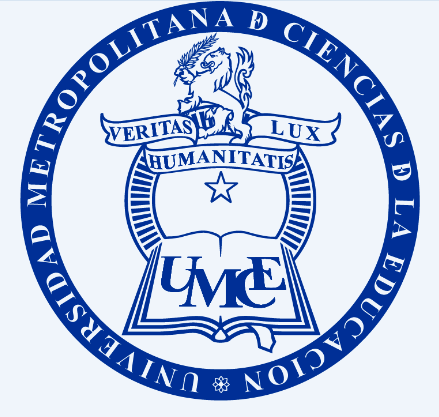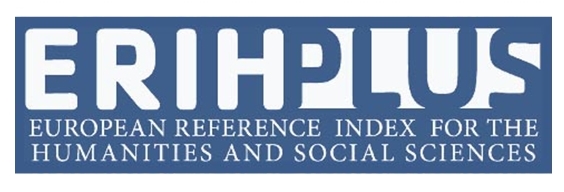Main Article Content
Jun 5, 2019
Abstract
This research analyzed the main difficulties to reform the United Nation Organization, with the aim of establishing a less hierarchical and more democratic structure. For this, a brief review was realized of the foundation of the United Nations and the importance of the Security Council. Then, the interests were identified of the five powers that are permanent members of the Security Council, and their motifs to reject the inclusion of new permanent members; among them, the members of the G4 –Germany, Japan, India and Brazil- and their proposals of reform. Following that, some successful reforms and the difficulties are highlighted that the General Secretaries faced to put them into practice. Finally, the research concluded that any kind of reform that changes the balance of power inside the Security Council, reducing the power of the Permanente Members, is very difficult to put into practice because these actors always will aspire to maintain their privileged position into the international system.
Downloads
Policies for open access journals
Authors who publish here accept the following terms: Authors will keep their copyright and will guarantee the journal the right to the first publication of their work, which will be subject to the Licence of Creative Commons acknowledgement, which allows for the use of this material only if the authorship is credited and the original source is acknowledged (the journal’s URL), and if it is not used with commercial ends and with any derivations of the original work.
Authors may adopt other non-exclusive license agreements of distribution of the published version (e.g. to save it onto a digital institutional archive or publish it in a monographic volume) only if the initial publication of this journal is indicated.
It is permitted and recommended for authors to divulge their work on the Internet (e.g. institutional digital archives or webpage) before and during the submission process, which may lead to interesting exchanges and increase the citations of the publication. (See Open Access Effect).






